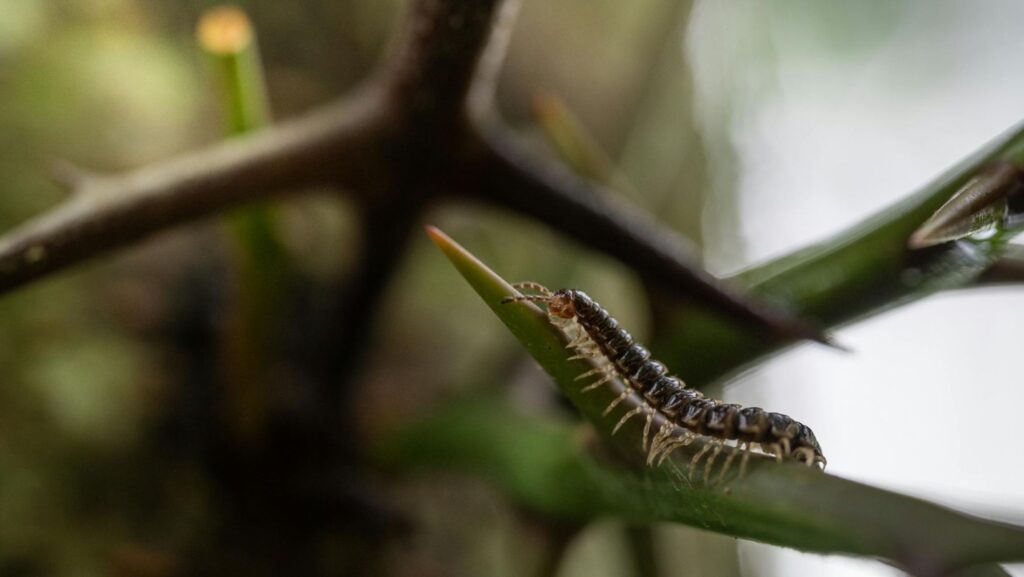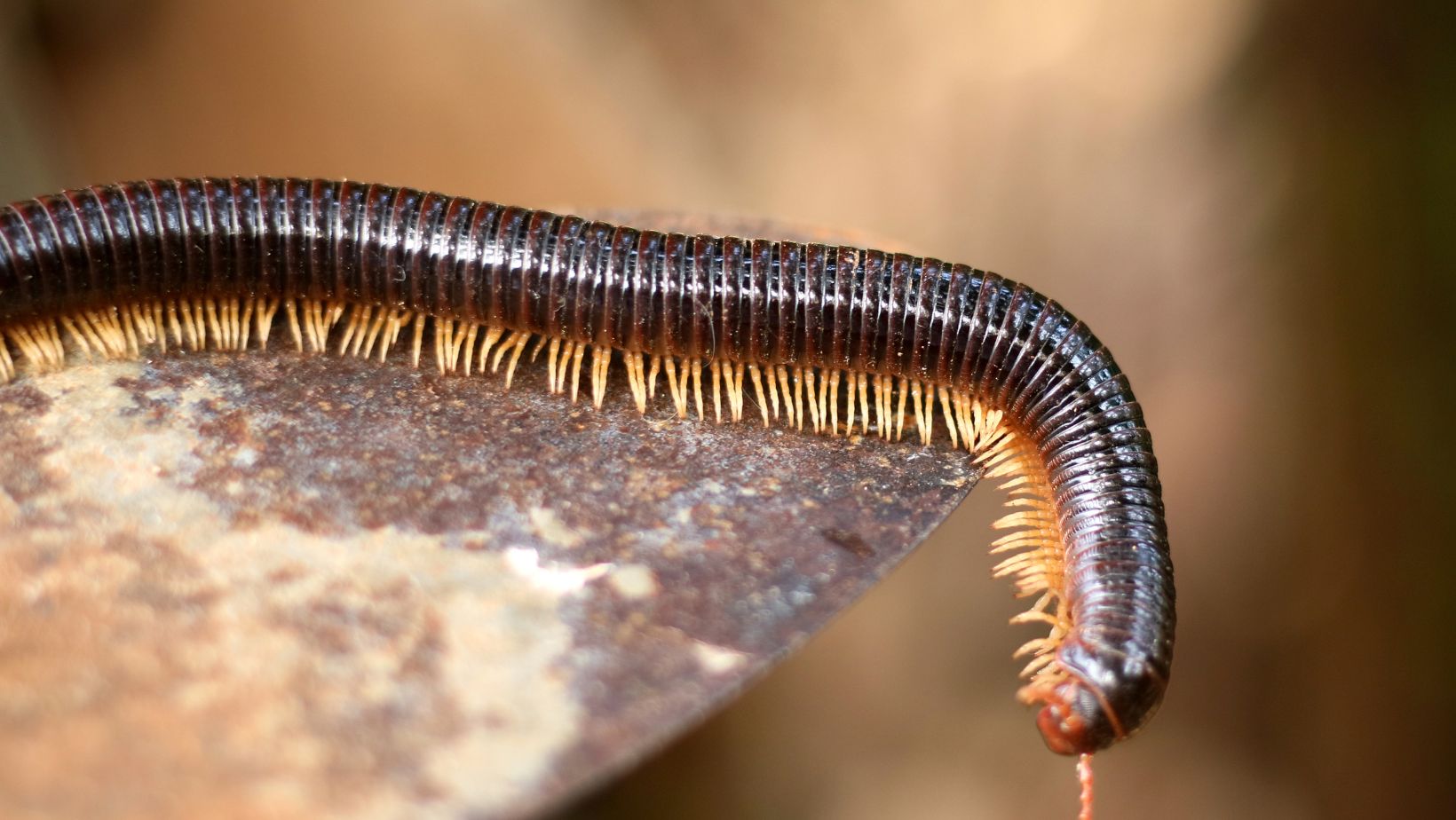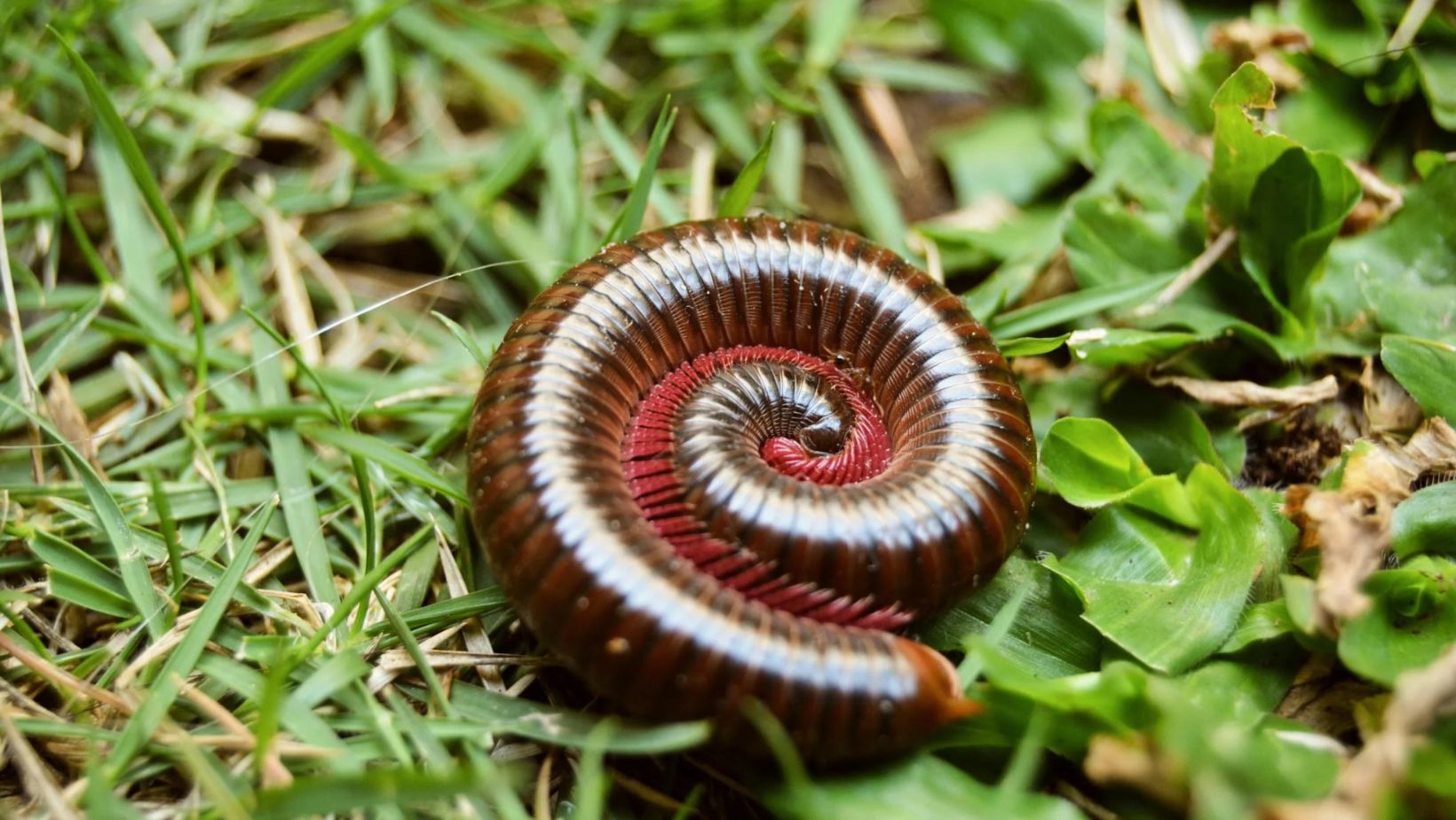Discovering millipedes in your home can be unsettling. These small, worm-like creatures are often harmless, but an infestation can still be bothersome and unsanitary. Millipedes tend to seek out damp and dark areas, making homes with moisture issues particularly susceptible to these unwelcome guests. Understanding how to identify the signs of a millipede infestation can help you take the necessary steps to address the problem early. Here’s a guide to help you recognize a millipede infestation and what you can do about it.
Recognize the Physical Appearance of Millipedes
The first step in identifying a millipede infestation is recognizing what they look like. Millipedes are small, cylindrical creatures with elongated bodies that are typically black or brown. They have two pairs of legs per body segment, which gives them their distinctive “thousand-legged” appearance. Despite their numerous legs, millipedes move slowly and often curl into a ball when disturbed. If you notice these characteristics in the creatures you find inside your home, there’s a good chance you’re dealing with millipedes. Familiarizing yourself with their appearance will help you quickly identify them and differentiate them from other pests like centipedes or worms.
Check for Millipedes in Damp Areas
Millipedes are highly attracted to moisture, so they often seek refuge in damp areas of your home. Common places where millipedes may hide include basements, crawl spaces, bathrooms, and kitchens—especially under sinks or in areas prone to leaks. If you’ve experienced water damage or have poorly ventilated rooms, millipedes may find these environments ideal for breeding and thriving. When inspecting for millipedes, check these areas carefully. Look for live millipedes crawling on the floor or walls or for their bodies, as dead millipedes can also indicate an infestation. If you find several in one area, it’s a clear sign that there could be more hiding in nearby crevices.
Look for Evidence of Moisture Problems
Since millipedes are attracted to moisture, signs of a millipede infestation often coincide with signs of water damage or moisture buildup. Be on the lookout for musty smells, damp walls, or visible mold growth, as these conditions create the perfect environment for millipedes to thrive. If your home has any leaks or standing water, addressing these moisture issues is critical to controlling a millipede infestation. Repairing leaky pipes, improving ventilation, and using dehumidifiers can help reduce the likelihood of attracting millipedes. If you’re finding millipedes near wet areas, it’s time to take action to fix the root cause of the moisture.
Watch for Millipedes Around Exterior Entry Points
Millipedes often enter homes from the outside, especially when outdoor conditions, such as heavy rain, drive them indoors in search of shelter. Check around doors, windows, and foundation cracks where millipedes might be slipping inside.
You may find clusters of millipedes near these entry points, especially if there is mulch, leaves, or damp soil outside your home that provides a breeding ground for them. Sealing any cracks or gaps around doors and windows, as well as keeping the perimeter of your home clear of debris, can reduce the chances of millipedes finding their way inside. Inspecting the exterior of your home regularly can help prevent an infestation before it starts.
Identify Seasonal Patterns of Millipede Activity
Millipede infestations tend to be more common during certain times of the year, particularly in spring and fall, when rainfall is more frequent. During these seasons, millipedes are more likely to enter homes to escape wet outdoor conditions. Pay attention to increased sightings of millipedes during these wetter months, as this can indicate an infestation. If you start noticing more millipedes than usual around your home during these periods, it’s important to take proactive steps to control the population. Millipedes are more likely to invade homes in large numbers during these times, making it crucial to identify and address the problem early.
Contact a Professional for Help
If you’ve identified a millipede infestation but are unsure how to effectively deal with it, contacting a pest control professional is a smart move. Professionals can assess the severity of the infestation, locate hidden areas where millipedes may be hiding, and provide targeted treatment solutions. Experts in millipede prevention and control can also help you implement long-term solutions to keep your home millipede-free. By addressing underlying issues like moisture and sealing entry points, professionals ensure that the infestation doesn’t return in the future.
Identifying a millipede infestation early on can save you from the hassle of dealing with a full-blown invasion. By recognizing their physical characteristics, checking damp areas, addressing moisture problems, and watching for seasonal patterns, you can catch the signs of an infestation quickly. Sealing entry points and consulting a professional can help protect your home from these pests. Taking these steps will ensure that your living space remains free of millipedes and the problems they bring.




More Stories
Luxury Glassware for Yachts — Which Collections Are Worth Bringing On Board
Zoning Spaces Within a Single Room: Architectural Strategies for Spatial Clarity
Luxury Upgrades on a Budget: How to Achieve a High-End Look for Less